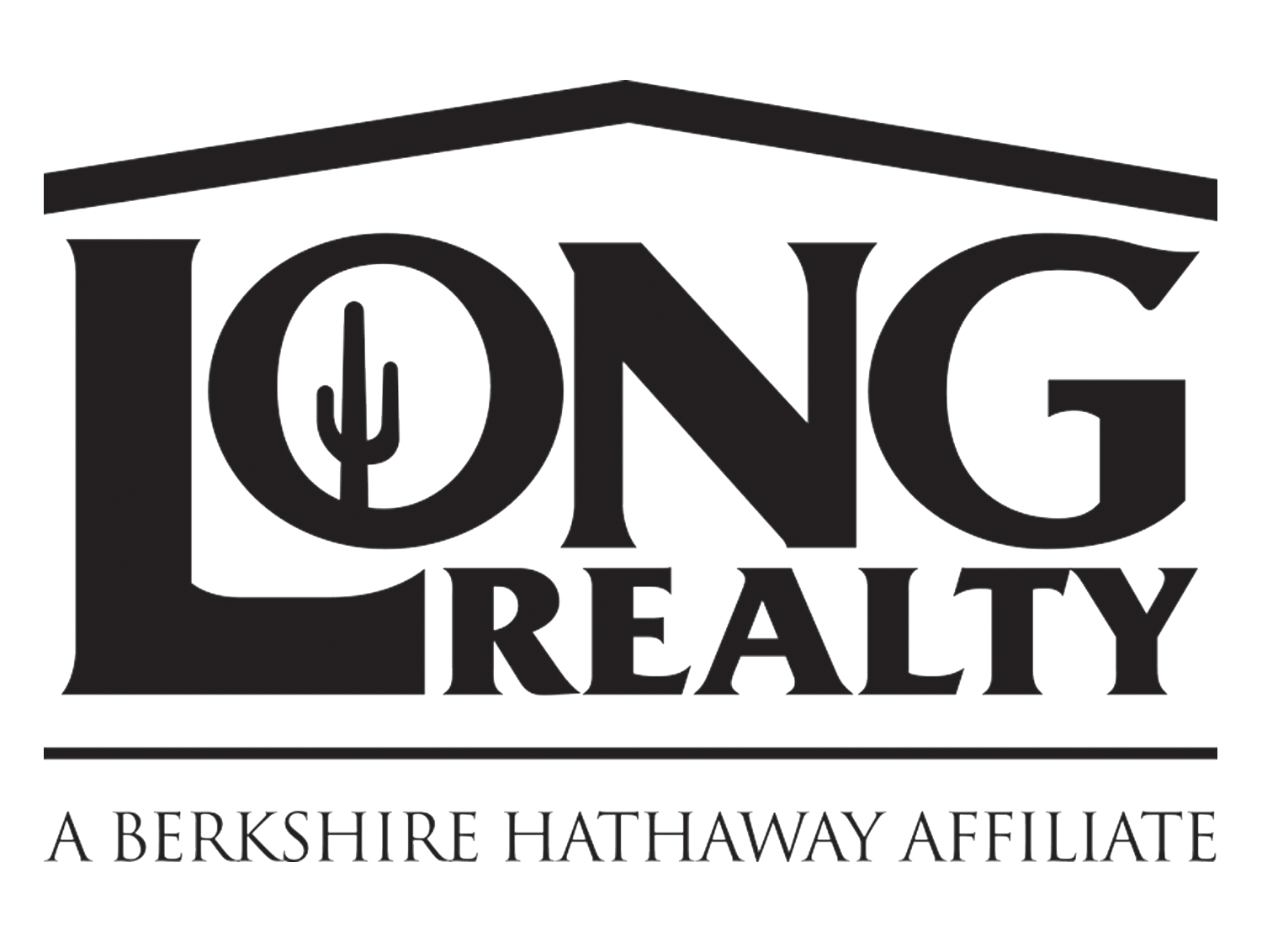The Good Faith Estimate (GFE) is a standardized document designed to allow buyers an easy way to compare mortgage loan and settlement services. Its use originates by federal law under the Real Estate Settlement Procedures Act (RESPA) in which a mortgage lender or broker must provide a customer this written cost estimate within three days of applying for a home loan. The GFE includes a list of itemized fees and costs associated with the loan, hopefully encouraging buyers to easily shop around for the best loan terms. Prior to giving a GFE, loan originators are only permitted to charge for the cost of a credit report. Its use is intended to clarify associated costs with a loan and help protect against “kickbacks” between service providers which are illegal under RESPA provisions.
Among the key points listed in the GFE are loan summary items which include loan amount, loan term, initial interest rate, monthly amount owed for principal and interest, whether or not your interest rate can rise, and whether or not a prepayment penalty exists. Also listed in the initial section of the GFE are the important dates which set up the structure of how long the rate listed in the GFE is valid for, how long the all other settlement charges section is available for, and how long in advance you may lock your interest rate.
The other major area covers settlement costs, or closing costs, which are listed and will include fees for credit reports, appraisals, title insurance, and various other services that may be provided. Some of these services are required services that the loan originator selects a provider for, and others you have the ability to shop for your own provider. However, another important note with closing costs listed on the GFE is that some of the settlement charges listed are not allowed to increase at closing (origination fee, points for the specific interest rate chosen), some may increase by up to 10% (including required services that loan originator selects, title services and lender’s title insurance, government recording charges), and others can change with no limit (initial deposit for an escrow account, daily interest charges, homeowner’s insurance, and required services that a buyer selects when not using a provider from among the originator’s selected list).
A helpful part of the GFE is the shopping chart and tradeoff table which breaks down different types of loan products and how payments may change based upon higher or lower settlement charges paid up front. The GFE should be retained for the lender and loan chosen as you’ll be able to compare it with the actual final costs provided on the HUD-1 closing statement. Also, for a detailed explanation of the GFE you should read HUD’s Settlement Cost Booklet which is provided by lenders within three days of applying for a mortgage loan and can further enlighten customers about the details of closing costs. To preview this booklet from HUD’s website please click here.








Connect With Us!